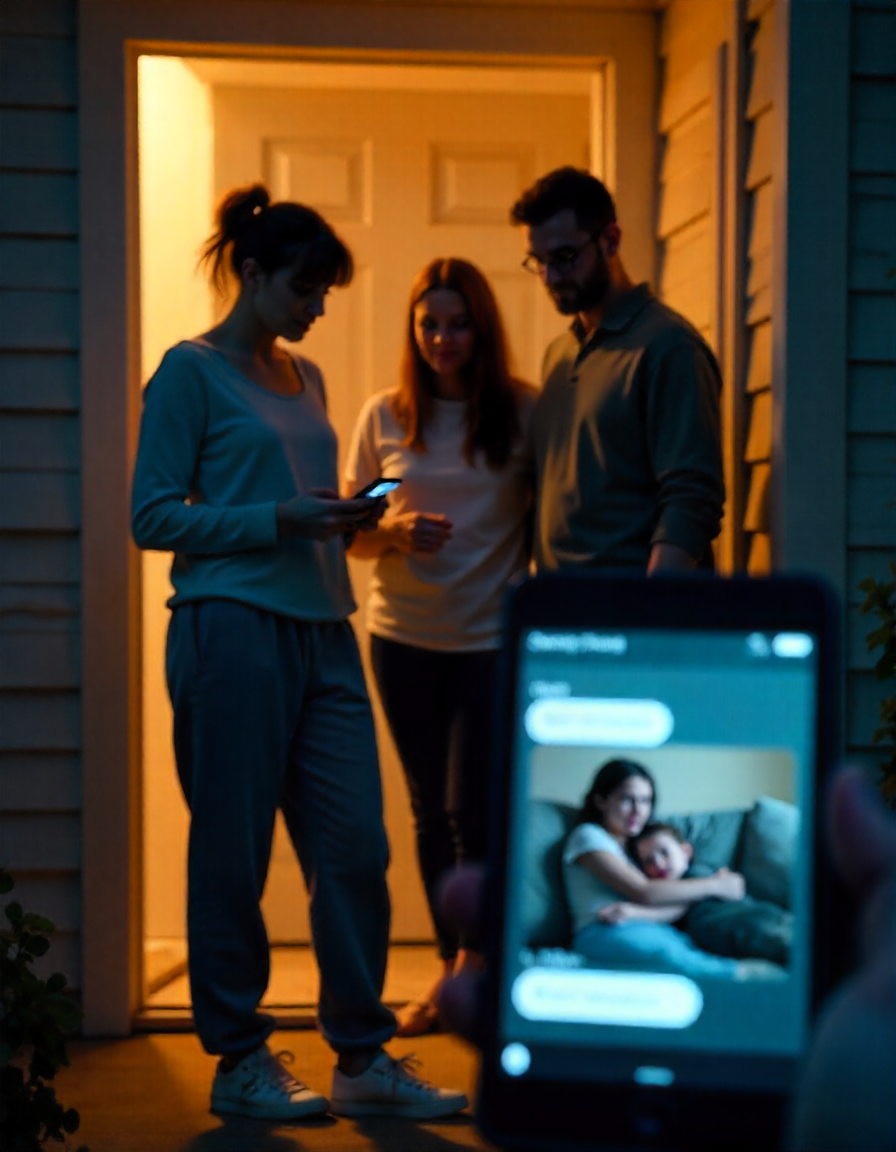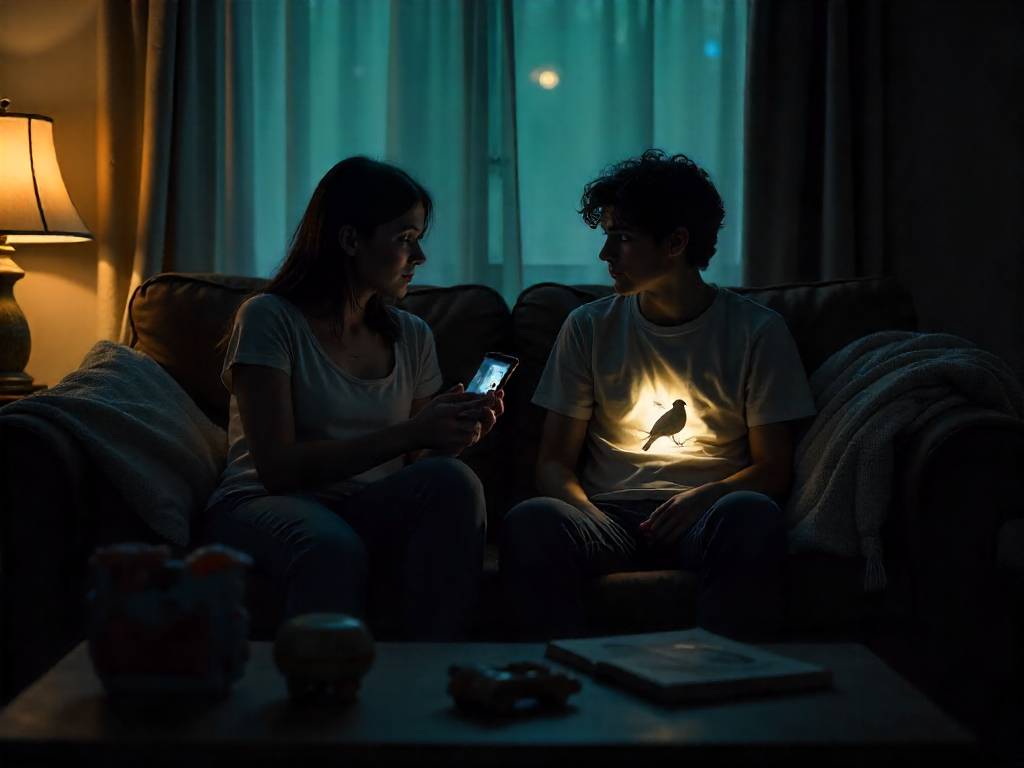She said, “I didn’t want to hurt you.” I felt like someone had hollowed out my chest and left a bird fluttering inside. My voice came out too steady. “Then why did you let her send that photo?” She swallowed. “She made it seem like… like I’d be safer there. She said you’d be sad and would leave us if you kept coming around.” The words landed like wet laundry. I thought of playground scuffles and late-night feeds, of telling bedtime stories until my voice was hoarse. “Did you ask to go?” I asked. She shook her head. “They told me to call you only if I wanted to, but I wanted to be normal.” She kept using that word—normal—like a towel she clutched for warmth.
Anger rose first, hot and bright, but I smothered it because my daughter sat small and real in front of me. My priorities rearranged themselves in one clean motion: her safety, her trust, then everything else. I set the tablet down, screen toward us but unreadable to whoever might walk in. “You can tell me anything,” I said. “Everything that happened, even the parts that make you ashamed.” She tested me with a whisper, naming moments I could almost taste—blankets taken away, dinners that became punishments, a bedtime rule that forbade phone calls to me. My lungs found rhythm again. We spoke for hours in fitful bursts, piecing together a map of their house that showed safe roads and no-go zones. By the time it burned out, I knew what I’d do: no social media spectacle, no courthouse theatrics. We would go slowly, call counselor, schedule pediatrician, and talk to a lawyer in the morning. I tucked my daughter’s hair behind her ear and promised, “We’ll fix this—together.” She finally let me hug her.


